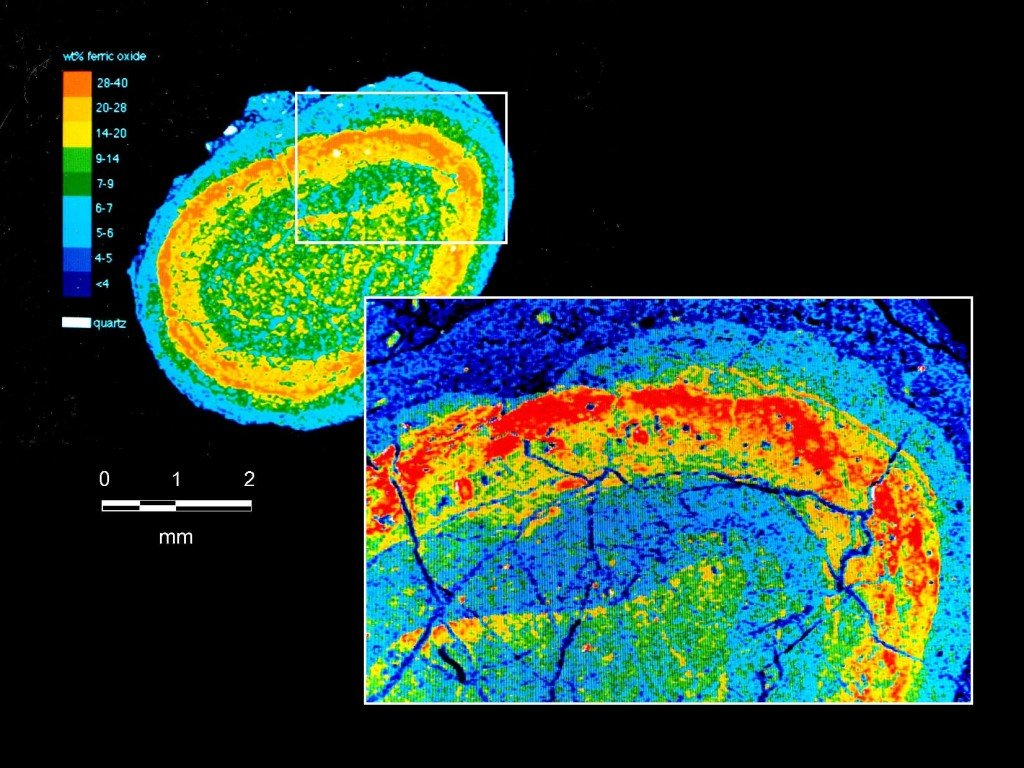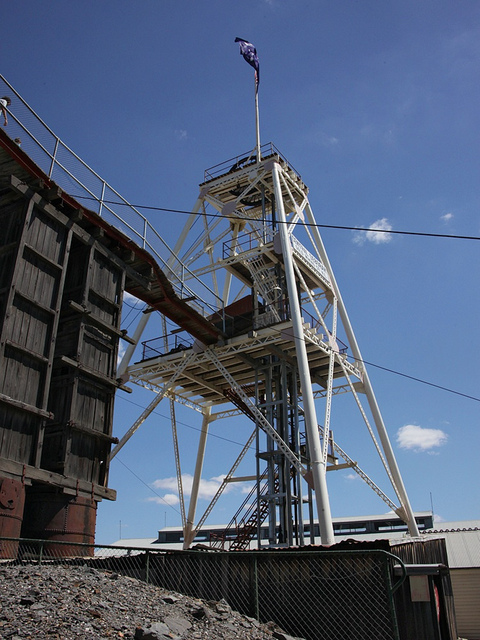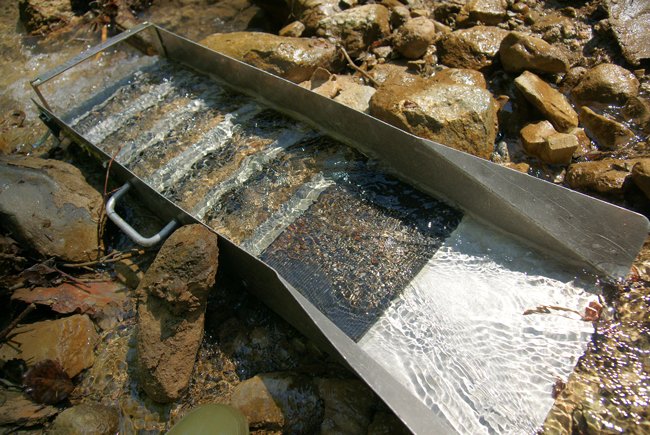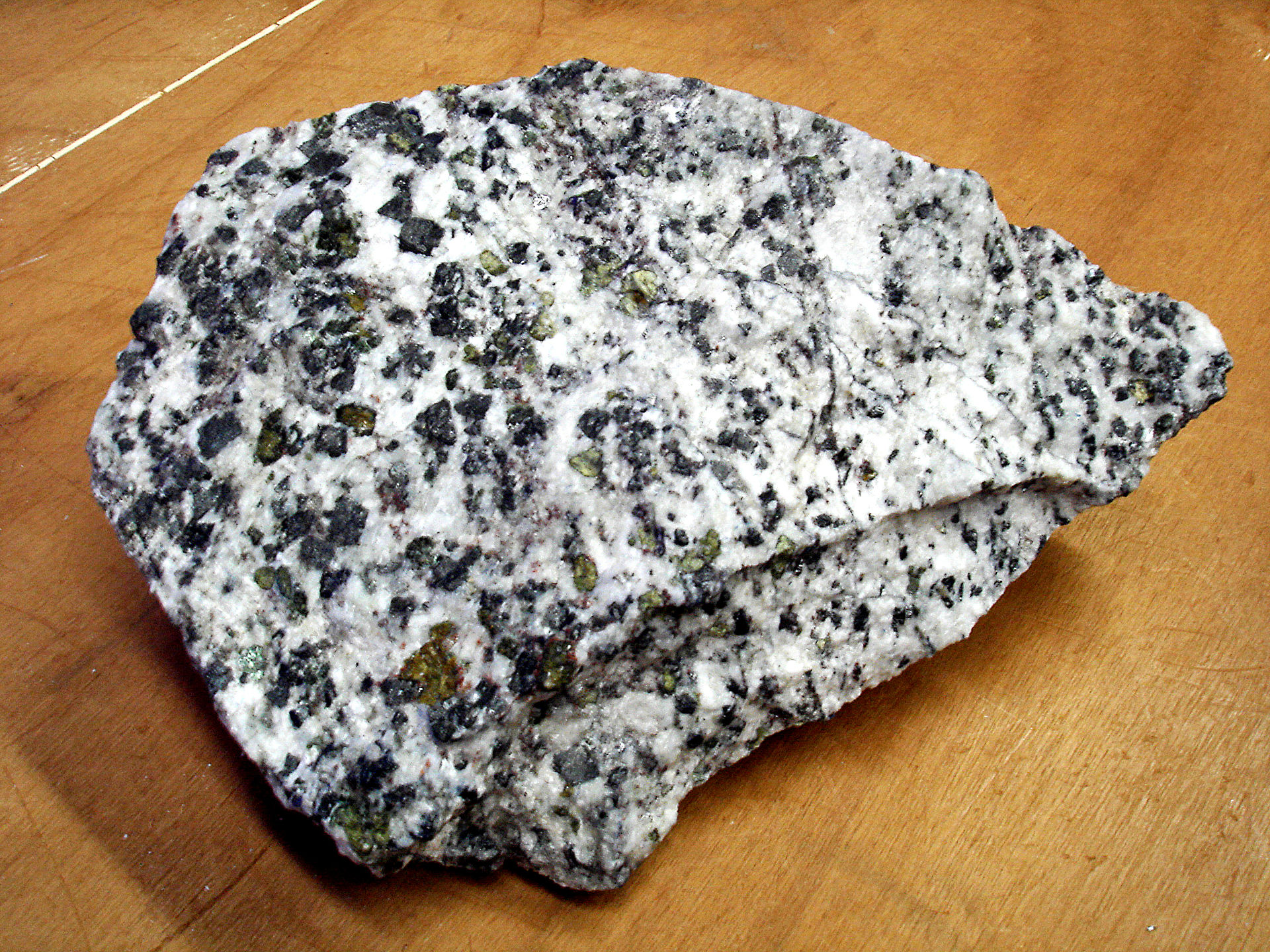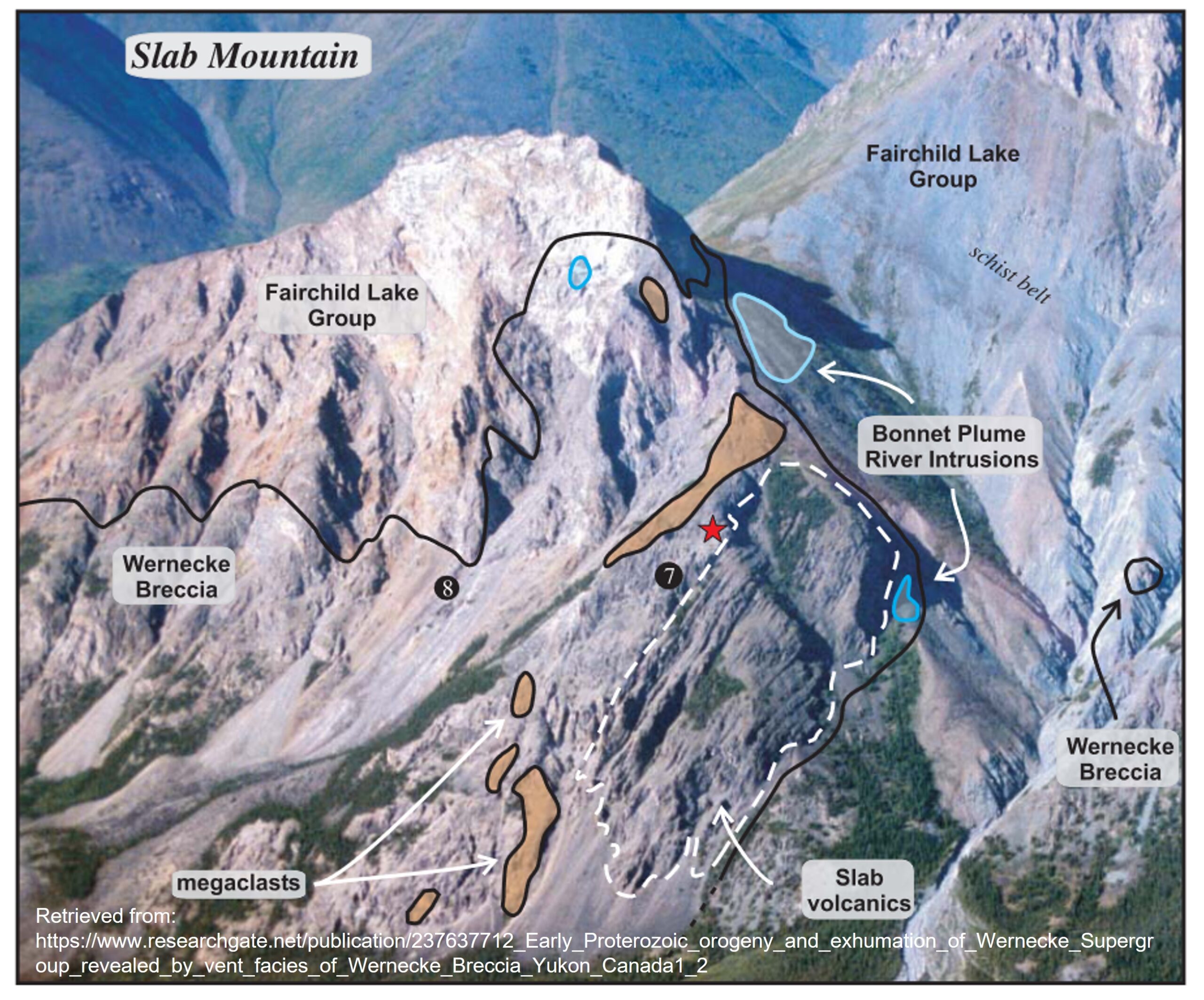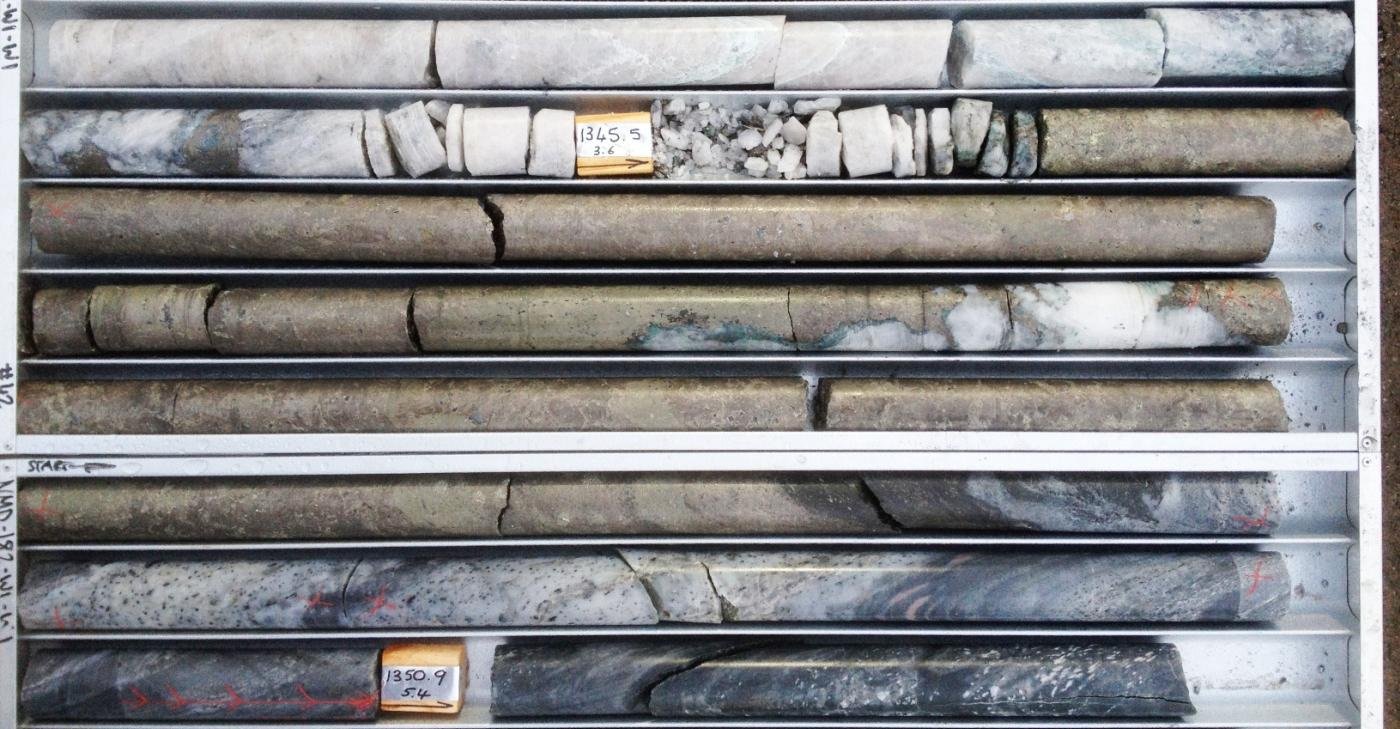Heading east from Perth, Western Australia is one road that connects the western half of Australia with the eastern States. The land is flat red, and covered with dry scrub. The towns are tiny and become progressively further and further apart. After some 595km you arrive at a slightly bigger town with streets lined with fine, 2-story Australian hotels, and a very large open pit mine at its centre. Welcome to Kalgoorlie.
It’s hard to miss the reason for Kalgoorlie’s existence. It’s both a historic mining town and Australia’s largest gold producer. Some 595 km east of Perth in Western Australia, on the edge of the Nullarbor Plain, Kalgoorlie is a long way from anywhere even today.
Although it does have a tourist industry, the town still sits on top of what is known as the “Golden Mile” – the richest gold producing district in Australia, and possibly the world.
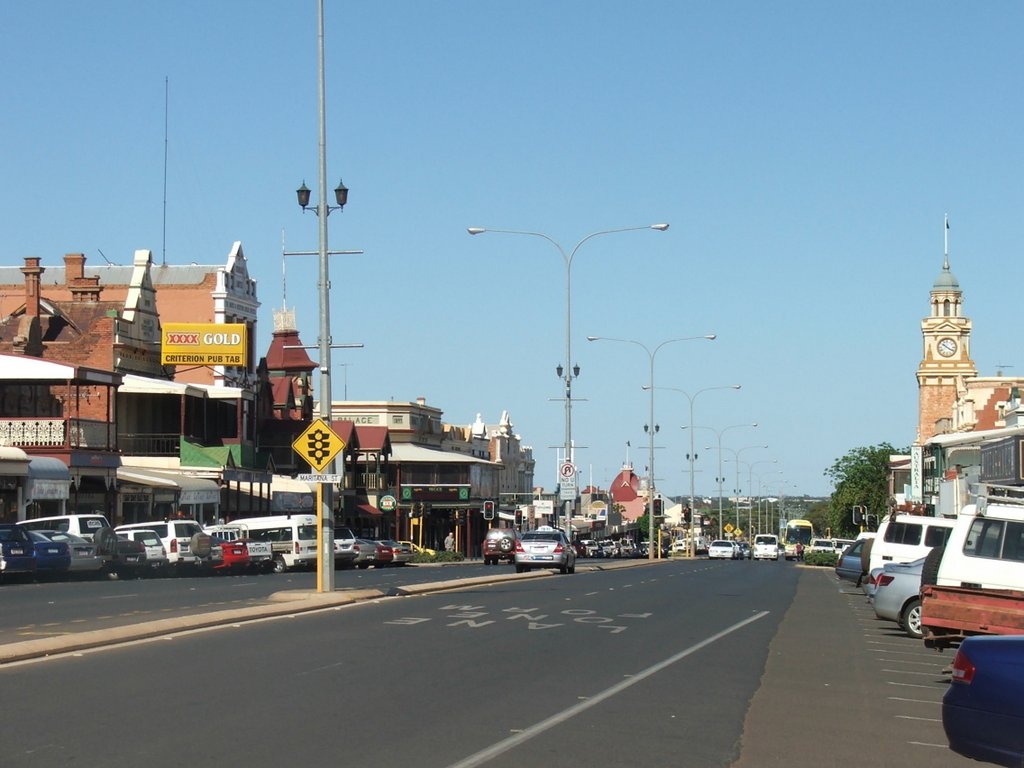
Gold in Western Australia
In June 1893 an Irish prospector, Paddy Hannan, discovered gold, when his horse threw a shoe. Within days 700 men when prospecting in the area of what was originally called Hannan’s Find. They chased the quartz, visible on the surface, but assays were disappointing. The quartz didn’t hold the gold this time. Instead, a lot of the precious metal was in the form of gold telluride a dull grey rock, with no visible gold. There were a number of gold strikes in the Kalgoorlie area, and the population peaked around 200,000. Today Kalgoorlie is a town of around 28,000, with minimal population in outlying areas.
Although it does have a tourist industry, the town still sits on top of what is known as the “Golden Mile” – the richest gold producing district in Australia, and possibly the world.
From the start, the best paying reefs in the Golden Mile were underground. The first production of peak up to 1903 produced 1.2 million ounces of gold at an average grade of 1.32 oz/ton. The initial boom had died down by 1904 due to fixed price of gold and rising costs. However, by 1910 there were ten major shafts on Golden Mile with good reserves plus a large number of smaller companies. The land was covered with many hundreds of shafts; abandoned and dangerous shafts are a hazard in the town to this day.
The biggest challenge in the early days was water. There is no natural supply in the town, and with summer temperatures which regularly reach 40C the price of water quickly became more valuable than gold. In 1896 the state government, after heated debate, took the risk of funding a water pipeline, all the way from Mundaring, near Perth. The 563km pipeline with 20 pumping stations which completed in 1903. With only minor upgrades, it supplies the town’s water to this day.
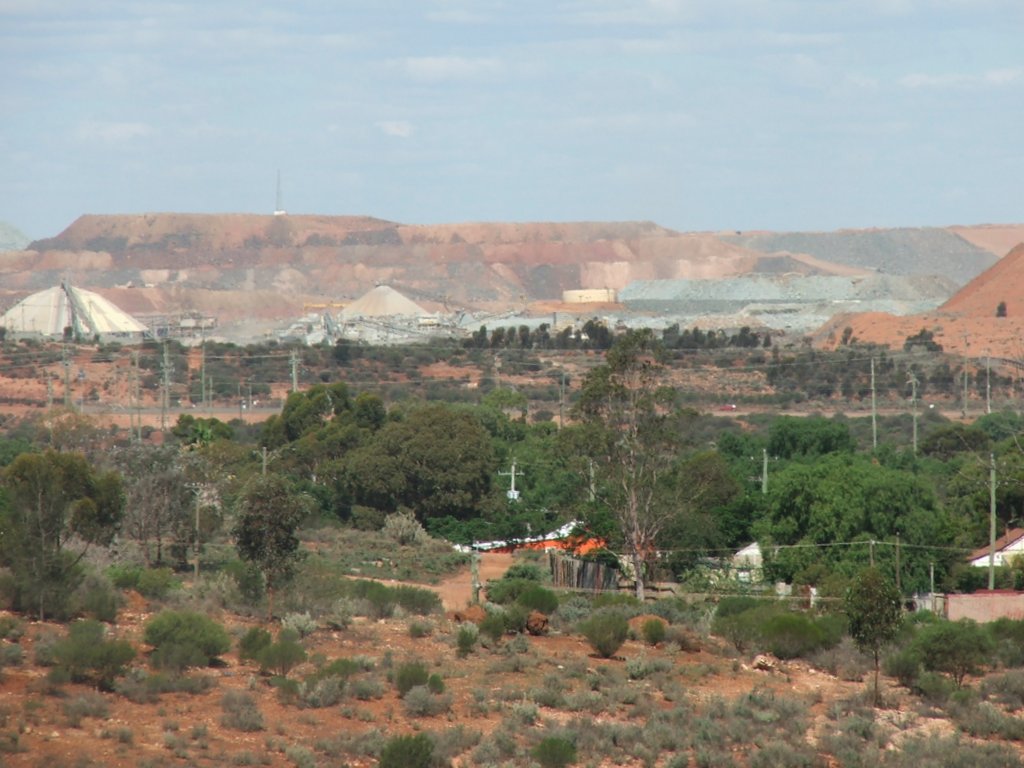
Mining Company Take-Overs
The mining company history of Kalgoorlie is a story of take-overs and mergers. By the 1970s, there were three companies left; Kalgoorlie Mining Associates, Kalgoorlie Lake View, and North Kalgurli Mines. In 1989, in the face of increasing costs these three combined to become Kalgoorlie Consolidated Gold Mines.
Today the town has a population of around 28,000 people with good transport links connected on the Indian-Pacific train line plus the road linking Perth with Adelaide, South Australia and all points east.
The reputation of Kalgoorlie has been somewhat improved from his traditional hard-drinking, hard playing men-only culture. The red light district of Hay Street and 2-Up, a local gambling game, are now of more interest to tourists than the locals.
It is however, still a mining town. The mines run 24/7 and the pit has a major blast most days at 1pm. Some bars still have “skimpies” i.e barmaids wearing very little in the way of clothing. Unlike many newer Western Australian mining towns, the entire workforce lives in Kalgoorlie, or the nearby twin-town of Boulder. There are non fly-in-fly-out employees.
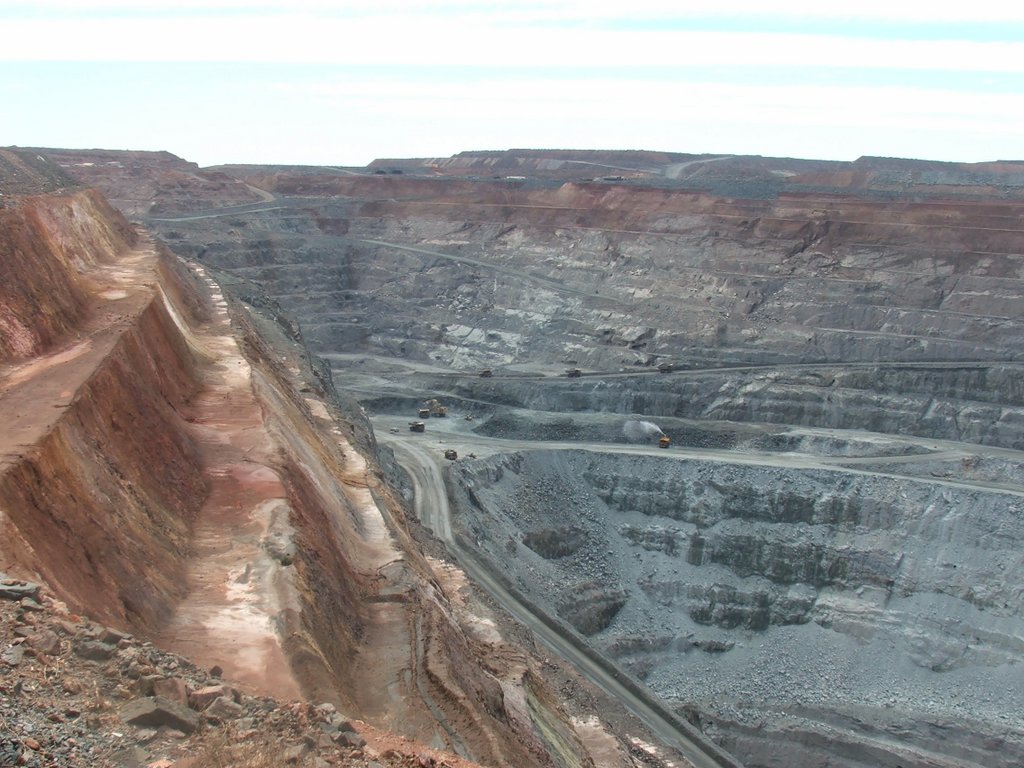
The Geology of Kalgoorlie’s Gold
Eastern Goldfield’s Province is located in Western Australia’s ancient Archaen Yilgarn Craton. The gold is hosted in a series of mafic (i.e. low-silica) volcanic rocks which erupted around 2710 million years ago. More quartz rich sills particularly the Golden Mile Dolerite were later intruded into these rocks. The Golden Mile Diorite is the most important host rock for the gold lode structures.
There are over 1000 mineralised lodes in the Golden Mile, formed within shear zones associated with the steeply dipping faults. The key ore zones are Golden Mile, Mt Charlotte, Mt Percy and Hannan’s South. There is a distinctive chlorite-calcite alternation pattern around all the lode-bearing rocks. The total field of mineralised lodes covers some 5km long 1-2km wide with a depth of about 1km. Mineralisation is concentrated in numerous gold-sulphide-telluride breccia. Mt Charlotte is a quartz vein gold deposit with a series of vein stockwork ore bodies .
The main mineralisation is a stockwork of veins with gold in pyrite and pyrrhotite bearing intrusive rocks around the stockwork veins, with lesser free gold along the vein boundaries
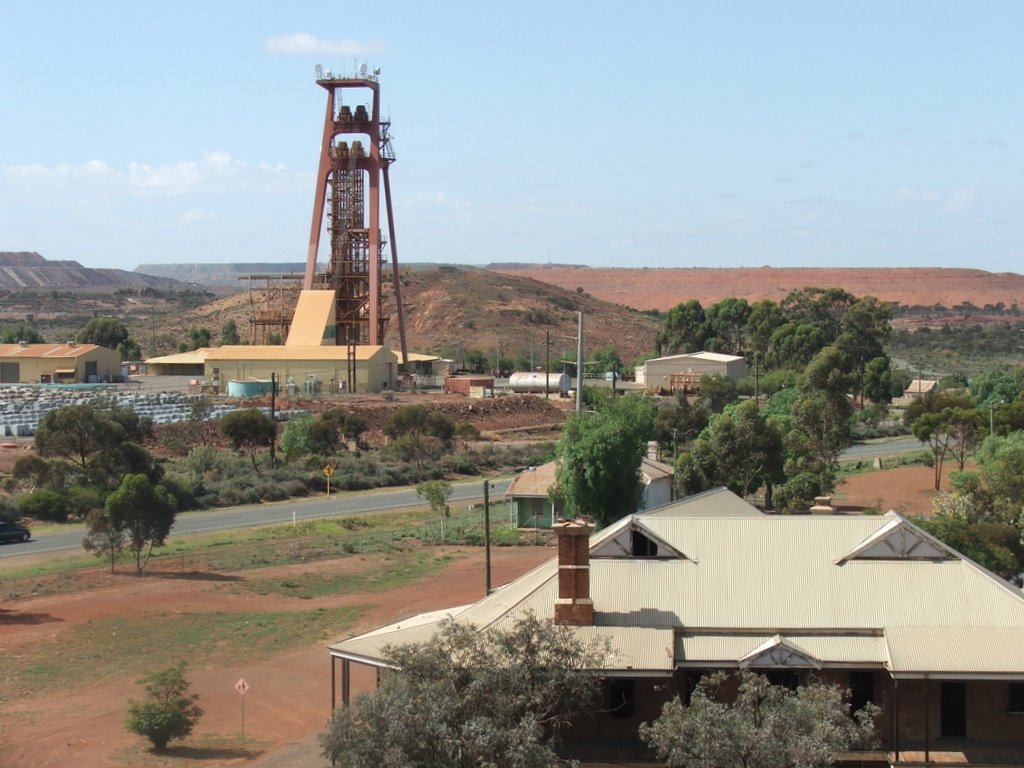
Current Gold Production At Kalgoorlie
Kalgoorlie Consolidated Gold Mines (KCGM), a joint venture of Barrick Gold Corporation and Newmont Mining Corporation, owns both the Super Pit and Mt Charlotte mines.
Super Pit
The Super Pit (properly the Finniston) is Australia’s largest open-cut gold mine with pit size of 3.5kmx1.5km 570m deep.
Ore minerals are predominantly sulphides: pyrite and chalcopyrite with minor amounts of tellurides of gold, silver and mercury as well as native gold. Gold grades are highly variable ranging from 1000’s g/tonne in the lodes to few tens of grams/ton in the finely disseminated wall rocks. The average is around 2.5g/t
The current pit intersects many historic underground workings, not all of which have been mapped. Some were not backfilled, giving rise to potentially lethal voids. Reverse circulation drill rigs are used to determine the areas grade before mining occurs. Mining is done with traditional face shovels and dump trucks of up to 220 tonne capacity. What is unusual is that the mine is within walking distance of the town’s main street, and there is a public lookout over the pit.
Mt Charlotte
The main shaft, the Cassidy shaft, was sunk in 1986 and is 1776m deep. Mt Charlotte is mining a series of cross-cutting quartz veins. There have been a number of historic mines of this type in the area but Mt Charlotte is the only one producing today.
The two mines produce approximately 800,000 ounces gold a year. A total of some 5 million oz has been mined from Kalgoorlie. There is a reported 7.5 million ounces of proven and possible reserves left.
The gold recovery is complicated by the presence of telluride minerals within pyrite. Gold needs to be first crushed and then the lode gold separated by gravity separation. Flotation is then used to form a gold-rich pyrite concentration, which then requires roasting.
As part of the mine’s rehabilitation program, there is an active program of backfilled abandoned and dangerous workings along the Golden Mile. Waste from the Super Pit is used for backfilling.

